Click on images to enlarge
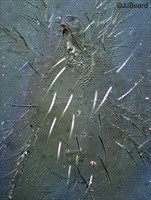
Fig. 1. Eotetranychus hudsoni adult female - dorsal habitus.
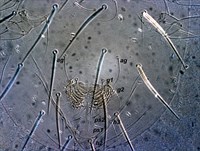
Fig. 2. Eo. hudsoni adult female - detail of pattern of pregenital striae.
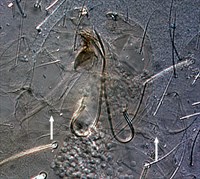
Fig. 3. Eo. hudsoni adult female - detail of peritreme(arrows indicate tips).
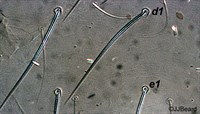
Fig. 4. Eo. hudsoni adult female - detail of pattern of dorsal striae and lobes.
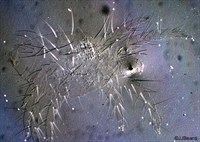
Fig. 5. Eotetranychus hudsoni adult male - lateral habitus.
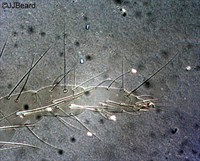
Fig. 6. Eo. hudsoni adult male - detail of tibia and tarsus I.
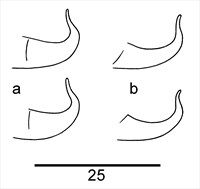
Fig. 7. Eo. hudsoni adult male paratypes - details of aedeagus - a. reasonably flattened; b. not flattend, so shape is distorted.
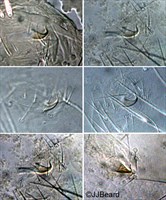
Fig. 8. Eo. hudsoni adult male - detail of aedeagus.
Material examined
types
Taxonomy
Subfamily Tetranychinae
Tribe Tetranychini
Distribution
*Australia: Tasmania
Taxonomy Changes
None
Diagnosis
Female (Fig. 1)
Male (Fig. 5)
- leg chaetotaxy:
- aedeagus dorsally directed, weakly sigmoid with no distinct knob; dorsal projection directed at right angle to dorsal margin of shaft or slightly anteriorly (slightly acute angle); dorsal projection slender, tapering evenly to blunt tip; extreme tip curved slightly posteriorly (Figs 7, 8)
Hosts
*Lomandra longifolia (Dasypogonaceae)
Similar Taxa
Biology
Eggs are round with the top flat, radially striated and without a stipe. Mite colonies are found on the concave lower side of the leaves of the host plant and the eggs are fastened to the leaf surface in longitudinal rows of up to 14 eggs parallel to the leaf axis. Very little webbing is produced by the mites. The leaf blade can show some discolouration, becoming pale with increased damage. During dry periods, the mites are found down in the centre of the plants, in the unfolded leaves.
References
Davis, J.J. (1968e) Studies of Queensland Tetranychidae. 7. Records of the genus Eotetranychus (Acarina: Tetranychidae). Journal of the Australian Entomological Society 7: 127-129
*Miller, L.W. (1966) The tetranychoid mites of Tasmania. Papers and Proceedings of the Royal Society of Tasmania 100: 53-76
Copyright © 2018. All rights reserved.